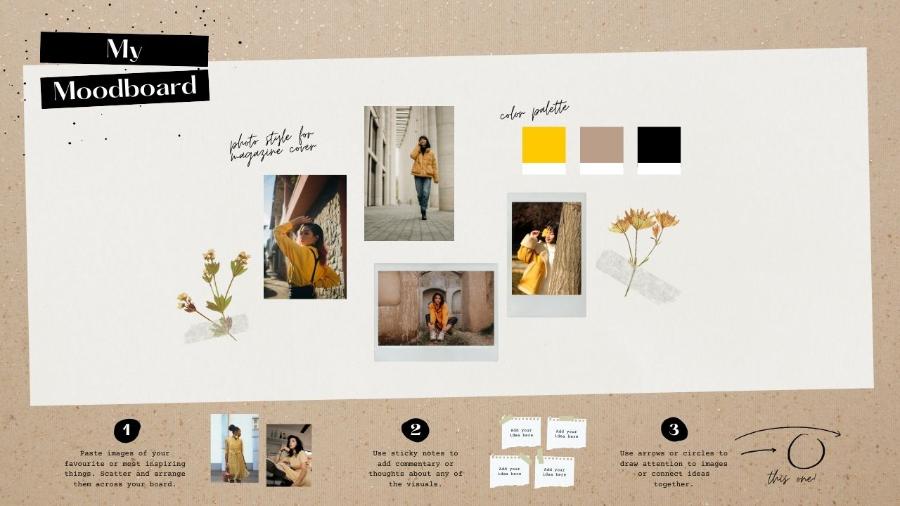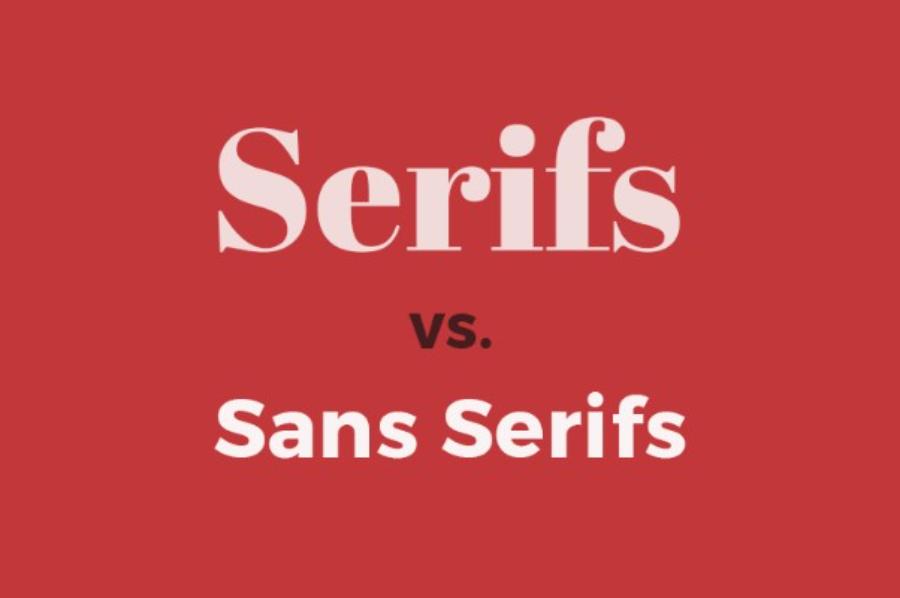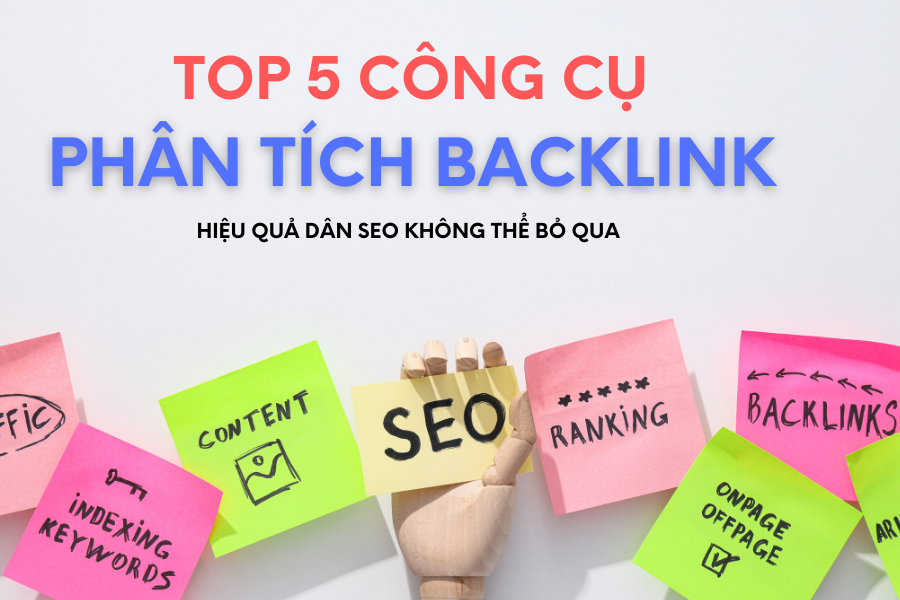Best Selling Products
What is Moodboard? How to Create a Professional Moodboard for Creative Projects
Nội dung
- 1.What is a Moodboard? Learn about the indispensable creative tool
- 2. The role of Moodboard in creativity
- 2.1 Create a consistent style
- 2.2 Stimulate creativity
- 2.3 Easily communicate ideas
- 2.3. Save time and resources
- 2.4. Inspiration
- 3. Instructions on how to create an effective Moodboard
- 3.1. Determine the goal
- 3. 2. Collect resources
- 3.3 Reasonable arrangement
- 3.4. Use support tools
- 4. Three ways to create an effective Moodboard
- 4.1. Create a traditional Moodboard (Physical Moodboard)
- 4.2. Digital Moodboard (Using design software)
- 4.3. Moodboard kết hợp (Hybrid Moodboard)
- 5. Benefits of Moodboard in creative projects
- 6. Conclusion
Explore "What is Moodboard?" and learn 03 simple ways to create a moodboard to help improve creative efficiency in design, advertising or marketing projects.

1.What is a Moodboard? Learn about the indispensable creative tool
When developing a creative project, whether it’s graphic design, marketing, or even media content, it’s important to communicate an idea clearly. And one of the most useful tools for doing this is a moodboard . So what is a moodboard, and why is it important for creatives?
.jpg)
A moodboard, also known as an inspiration board, is a collection of images, colors, fonts, textures, or any other visual elements arranged on a board (digital or physical) to convey a specific idea, feeling, or style. It is a tool that helps creators visualize the overall project, thereby giving them a clearer direction during the implementation process.
A moodboard is not just a collection of beautiful elements, but also reflects the spirit and core message that the project wants to convey. It can be applied in many different fields such as graphic design, fashion, architecture, interior design, advertising and even film production.
2. The role of Moodboard in creativity
Moodboards play an important role in the creative process, especially in fields like design, advertising, and art. Some specific roles include:
2.1 Create a consistent style
Moodboards help designers, marketers, or anyone in the creative industry agree on a single style, ensuring that all team members are on the same page. They play an important role in the creative process, especially in guiding and maintaining style consistency.
Moodboards help teams or individuals clearly define the style they want to aim for. Instead of just visualizing in their head or describing in words, inspiration boards provide a more visual and understandable look.
2.2 Stimulate creativity
Moodboards play an important role in the creative process, especially in the fields of design and art. They are visual tools that help gather and organize ideas, images, colors, and inspiration from various sources, creating a clear overall picture of the style or direction of the project.
.jpg)
Using a moodboard not only stimulates creativity but also helps to effectively communicate ideas to team members or clients. In addition, moodboards also help creators maintain consistency in design, while opening up space to explore new and more creative ideas.
2.3 Easily communicate ideas
Instead of lengthy descriptions, moodboards help you quickly communicate a specific feeling, style or space through images and colors. By using moodboards, stakeholders can easily understand and agree on the initial idea, thereby reducing misunderstandings and saving time during the working process. This not only improves work efficiency but also ensures that the final result reflects the original goals and desires.
2.3. Save time and resources
Building a moodboard from scratch helps minimize errors during the implementation process. Once you have a clear direction, the next steps will become faster and more effective.
2.4. Inspiration
As its name suggests, moodboard is not only a technical support tool but also a powerful source of inspiration for creators. It stimulates new ideas and promotes continuous creativity.
3. Instructions on how to create an effective Moodboard
To create an effective Moodboard, you need to adhere to the following terms:
.jpg)
3.1. Determine the goal
Before you start creating a moodboard, answer these questions: What do you want to convey? Who is your target audience? What style are you aiming for? Clearly defining your goals will help you select more appropriate content.
3. 2. Collect resources
Look for images, colors, textures, typography, or any other elements that are relevant to your idea. Popular resources include Pinterest, Behance, or design magazines.
3.3 Reasonable arrangement
Once you have all your assets, arrange them on the board in a logical and aesthetically pleasing manner. Make sure that all the elements on your moodboard connect to each other to create a harmonious whole.
3.4. Use support tools
There are many online tools that can help you create a professional moodboard quickly, such as Canva, Milanote, or Adobe Spark. If you prefer to do it manually, you can also print it out and stick it on a physical board.
4. Three ways to create an effective Moodboard
Creating a moodboard can be done in a number of different ways, depending on your goals and the tools you use. Here are three popular methods to get you started:
4.1. Create a traditional Moodboard (Physical Moodboard)
One of the simplest and most classic ways to create a moodboard is to use a physical inspiration board . This is ideal if you like working with real-world elements like paper, cardboard, magazine clippings, photos, fabric, brushes, or other materials.
How to do :
Choose a background board : Start by choosing a cardboard board or a large surface like a wood panel or stretched canvas.
Gather materials : Search for and collect elements relevant to the project, such as pictures from magazines, fabrics, pieces of paper with special colors or patterns.
Arrange and combine : Cut and paste elements together to create a whole that represents your idea. You can experiment with the combination of these elements to find the best layout.
Finishing and tweaking : Once finished, you can edit, change any elements that don't fit, and make your moodboard cleaner and clearer.
Advantages : Direct, physical feeling of creation and can convey strong inspiration. Suitable for those who love working with their hands.
Disadvantages : Difficulty in editing and sharing with others. Additionally, this method can be time consuming and laborious.
4.2. Digital Moodboard (Using design software)
With the development of technology, digital moodboards have become a more popular choice, especially in modern creative industries. Graphic design software such as Adobe Photoshop , Illustrator or online tools such as Canva , Milanote , Pinterest can help you create high-quality digital moodboards that are easy to edit.
.jpg)
How to do :
Choose a design tool : Depending on your preferences and skills, you can choose the appropriate software or platform. Canva and Milanote are easy-to-use options for non-professionals.
Collect and upload images : Search for images, colors, fonts, or any element relevant to your project from websites, photo libraries, or personal collections.
Arrange and create layouts : Use drag and drop tools to arrange visual elements. Experiment with colors, fonts, and images to create a layout that is harmonious and easy on the eyes.
Edit and share : Once completed, you can edit any element to better suit the needs of your project. One advantage of a digital moodboard is that you can easily share it with colleagues or clients via email or online platforms.
Advantages : Easy to edit and share; clear and flexible information organization. Suitable for those working in groups or working remotely.
Disadvantages : Can lack the visual appeal and inspiration that a physical moodboard provides.
4.3. Moodboard kết hợp (Hybrid Moodboard)
A hybrid moodboard is a combination of a physical moodboard and a digital moodboard , offering the flexibility to create rich and creative mood boards. This method allows you to take advantage of both physical elements and digital features to optimize your creative work.
How to do :
Prepare practical elements : Collect pictures, pieces of paper, fabric, or other materials available from traditional sources.
Scan or photograph elements : Once you have the physical elements, you can photograph or scan them into your computer for use in digital design tools.
Create a digital moodboard : Use software like Adobe Photoshop, Canva or Milanote to combine physical elements with digital elements, creating a unique moodboard.
Edit and Share : Finally, you can edit your moodboard and easily share it with your team or clients.
Advantages : Combines the creativity of both methods, providing flexibility and optimization in creative work.
Cons : It takes a lot of time and effort to collect, photograph and create a combined moodboard.
5. Benefits of Moodboard in creative projects
Creating a moodboard not only helps you organize and refine your creative ideas, but it also brings many benefits during the project execution process, especially in the fields of design, marketing, advertising and production.
Create clarity in creative goals : Moodboards help you clarify style, color, and key design elements, thereby reducing ambiguity in project execution.
Minimize the risk of deviation : When working in a group, moodboards help members easily visualize and work with a common idea, minimizing unwanted differences in the final product.
Helps make quick decisions : Visually seeing inspirational elements will help you quickly determine the right direction for your project.
Cheap Canva Pro Upgrade
6. Conclusion
Moodboards are an essential tool in the creative process, helping you organize and communicate your ideas effectively. Whether you use traditional methods with physical elements, or leverage technology with digital tools, moodboards bring great benefits in creating quality creative products. Creating a moodboard properly will save you time.












































